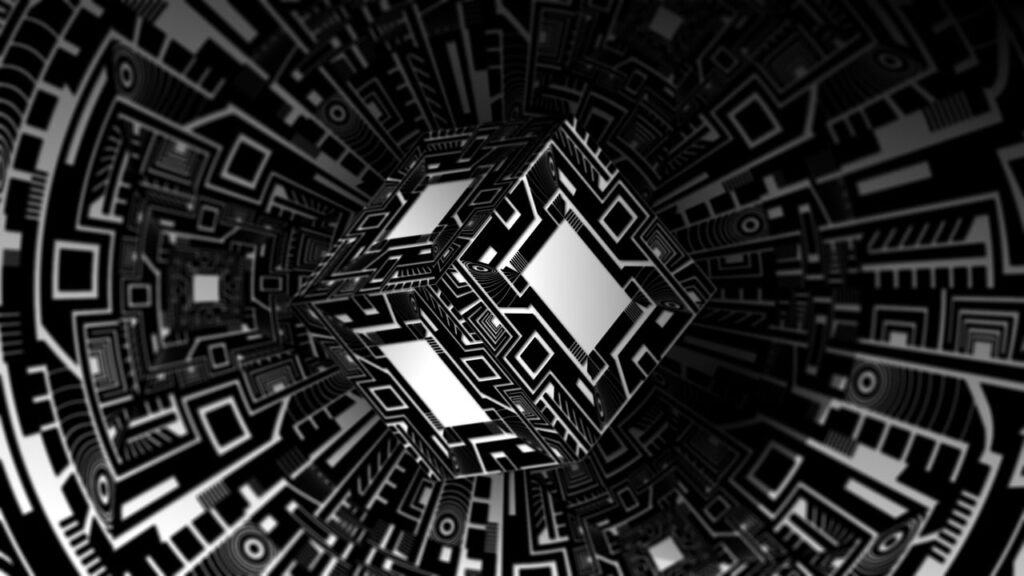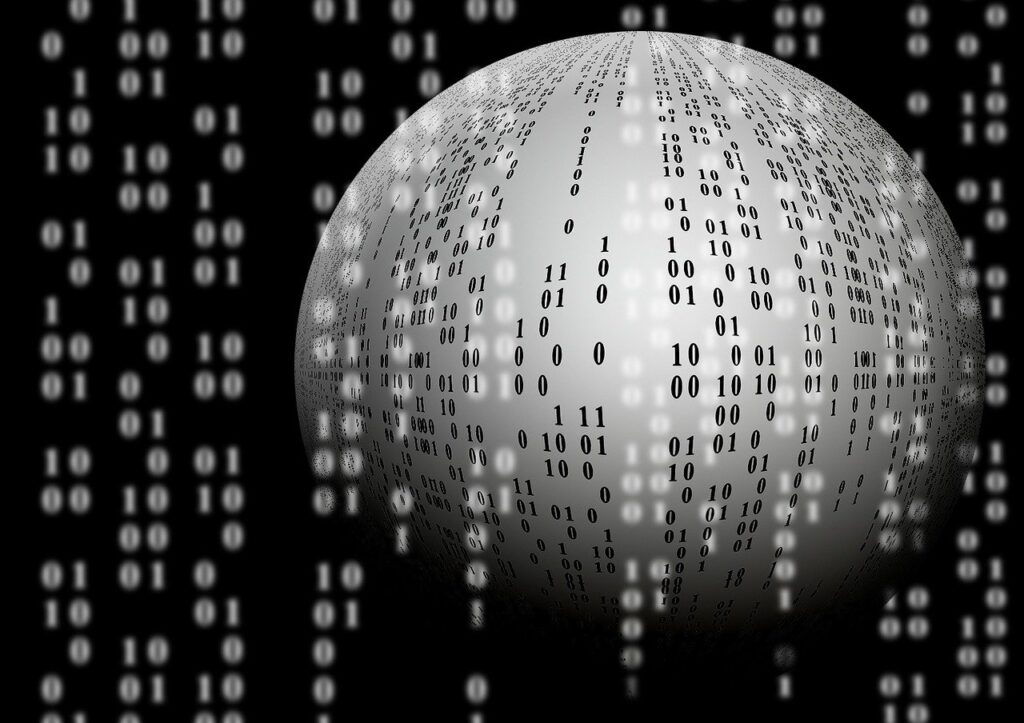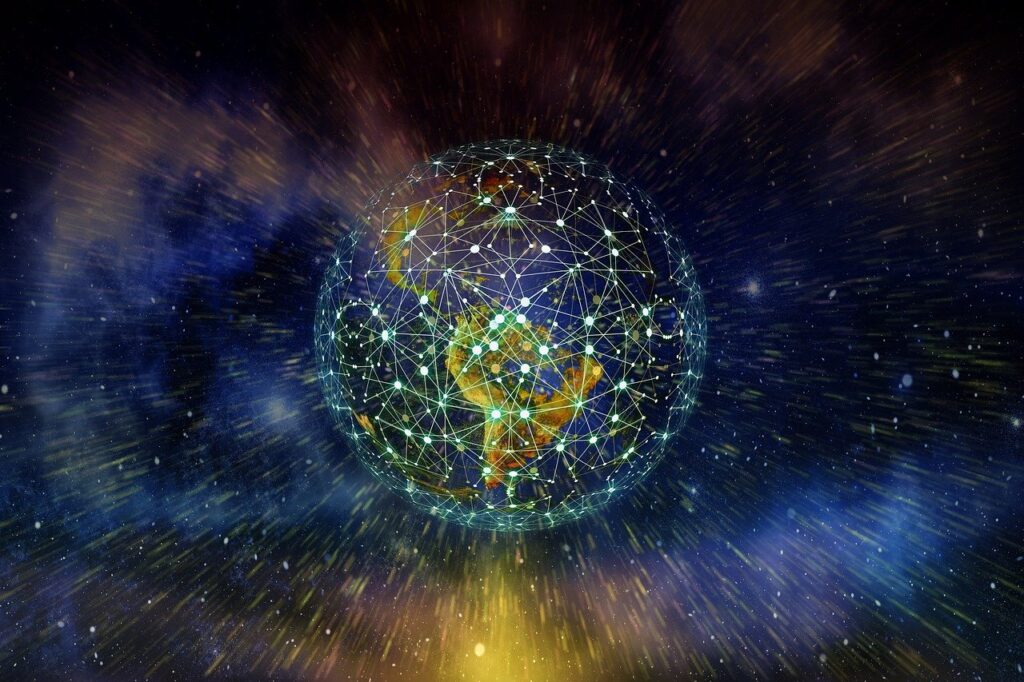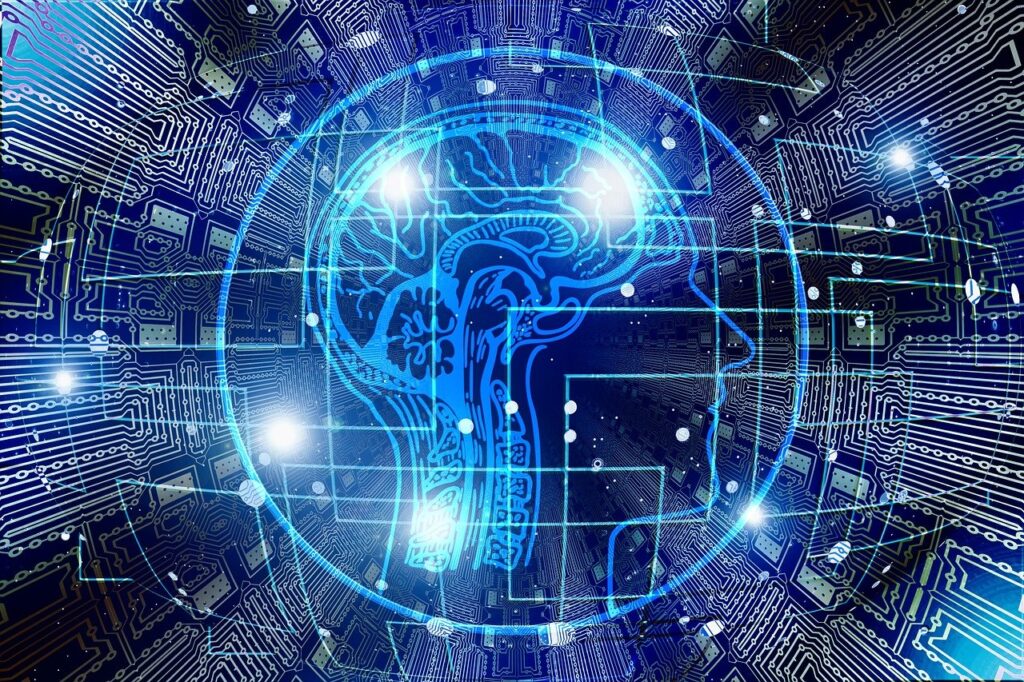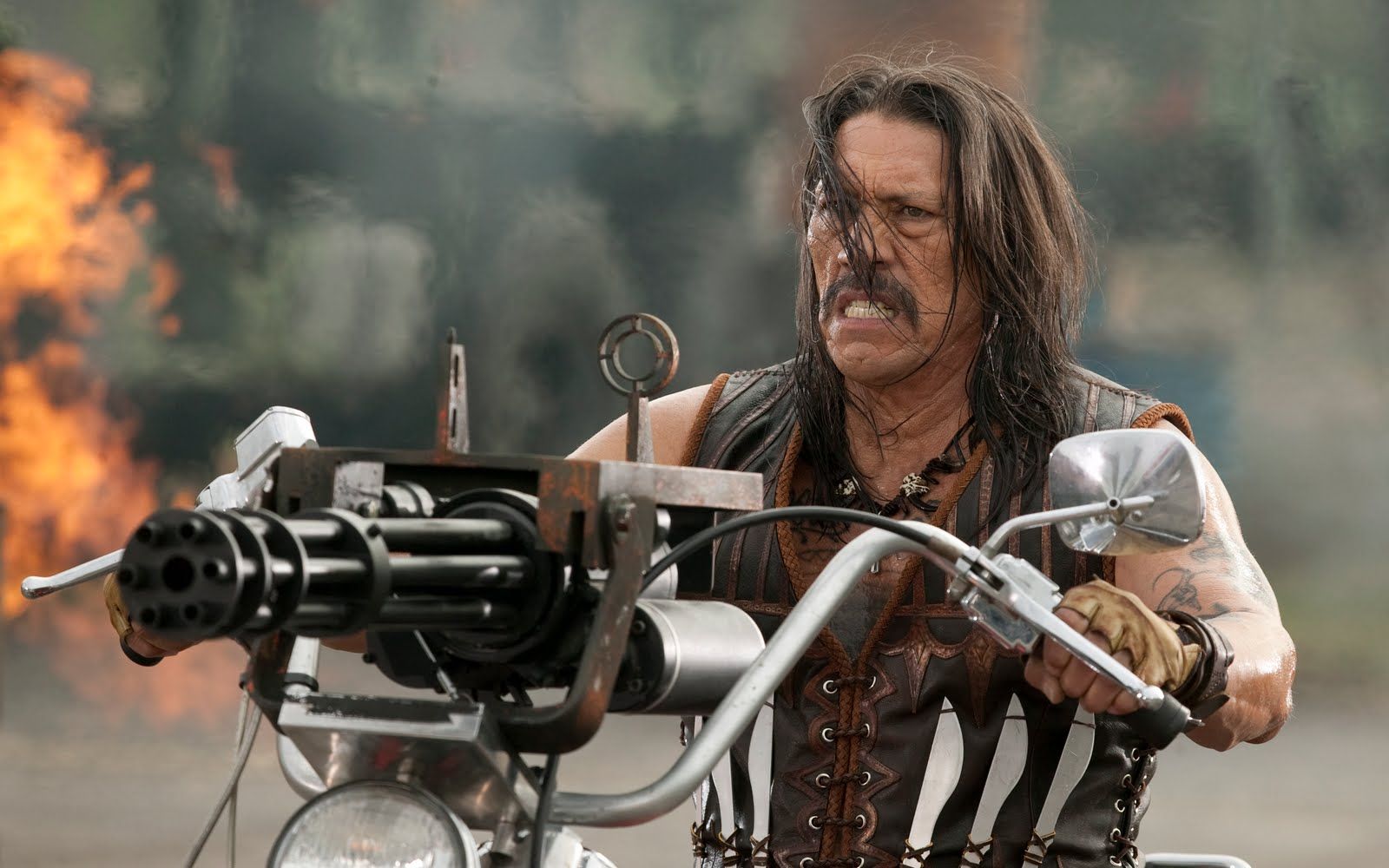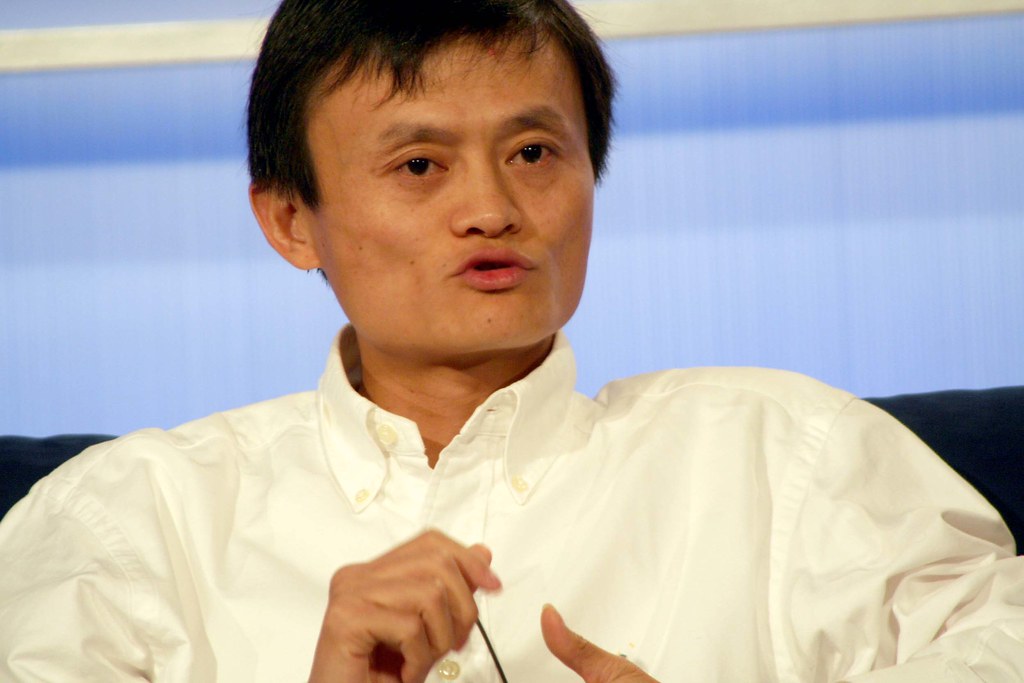
The digital age has fundamentally transformed the landscape of fame, catapulting celebrities from distant icons into everyday companions. With every scroll and click, we’re not just consuming content; we’re witnessing a constant, dynamic interplay between public figures and global consciousness. It’s a fascinating, sometimes bewildering, evolution where a single image or post can ripple across the internet, instantly shifting how millions perceive the world, themselves, and even the very fabric of truth.
This isn’t just about fleeting trends or momentary headlines; it’s about a deeper, more enduring impact on our collective psyche. Celebrities, whether through carefully curated campaigns or accidental virality, hold an unparalleled power to influence everything from our purchasing decisions to our core values. They become inadvertent — or sometimes deliberate — architects of public opinion, their images and narratives shaping the very standards we live by.
Join us as we journey through the captivating world where celebrity influence meets modern media, uncovering the multifaceted ways these larger-than-life personalities, often through a single powerful visual, manage to reshape our perceptions in profound and often unexpected ways. We’ll explore the mechanisms behind this immense power, from the glossy allure of endorsements to the shadowy ethics of image manipulation, and ponder what it all means for our increasingly visual world.

1. **The Unseen Power of Celebrity Endorsements**Celebrity endorsements are far more than just famous faces hawking products; they are a deeply ingrained and highly effective strategy in the modern marketing playbook. When a beloved star lends their personal brand to a product or service, they don’t just put their name on it; they imbue it with their own perceived credibility, charm, and desirability. This brand association is a powerful psychological tool, enhancing the appeal of an item simply by its connection to someone we admire or aspire to be like. It’s a testament to the emotional bond fans often feel, translating admiration into trust and, ultimately, into consumer action.
This phenomenon extends significantly into influencing consumer purchasing decisions and fostering brand loyalty. People aren’t just buying a coffee; they’re buying the “lifestyle” endorsed by their favorite influencer who sips it daily. The rise of social media has turbocharged this influence, creating an entirely new ecosystem of “influencer marketing” where celebrities and rising stars alike partner with brands to reach highly targeted audiences. Platforms like Instagram and TikTok have become digital marketplaces where direct engagement between stars and followers builds personal connections, making recommendations feel less like advertisements and more like friendly advice, thereby cementing brand affinity.
Beyond tangible products, celebrities also drive broader trends and fads across fashion, beauty, and even lifestyle choices. A celebrity’s outfit at an awards show can set the tone for an entire season’s fashion, making their choices invaluable for fashion brands. Similarly, their fitness routines, dietary preferences, or even how they style their homes can become aspirational benchmarks for millions. This isn’t just about passively reflecting trends; it’s about actively generating them, showcasing the profound sway celebrities hold over societal aspirations and the significant economic power embedded in their public image. Their choices, captured in a single photograph, can become the next big thing, demonstrating a powerful, almost alchemical, transformation of personal preference into mass market demand.
Read more about: Taylor Swift Breaks Social Media Silence to Champion Selena Gomez’s New Album

2. **Shaping Cultural Norms and Societal Views**Celebrities wield an immense, often subtle, power in shaping cultural norms and societal values, acting as powerful, albeit sometimes unintentional, role models. From their public statements to their personal choices, their actions and appearances are constantly under scrutiny, influencing public attitudes and behaviors across a spectrum of issues. Whether it’s their stance on health initiatives, their political endorsements, or their involvement in social causes, celebrities provide a visible example that many individuals, especially younger generations, look to for guidance or validation. They can normalize conversations around difficult topics, challenge existing prejudices, and introduce new ways of thinking to a vast audience, thereby subtly recalibrating societal expectations.
Furthermore, the way celebrities portray various cultures and identities plays a critical role in shaping societal perceptions and promoting diversity. When a celebrity from an underrepresented group achieves widespread recognition and positive media coverage, it can significantly impact how that group is viewed by the broader public. Their visibility can challenge stereotypes, foster empathy, and create a more inclusive understanding of different backgrounds. Conversely, misrepresentation or the perpetuation of harmful stereotypes by prominent figures can cause significant damage, underscoring the profound responsibility that comes with a public platform. Every image, every interview, every role they undertake carries the potential to either reinforce or dismantle existing societal frameworks, making their portrayals incredibly potent.
The significance of this role cannot be overstated. “Celebrities often serve as role models, influencing public attitudes and behaviors in areas such as health, politics, and social issues,” notes the provided context. This influence is not limited to overt activism; it’s also embedded in the seemingly mundane aspects of their lives captured in a single photo—a family outing, a casual look, a moment of vulnerability. These snapshots can normalize behaviors, shift perceptions of what is considered “acceptable” or “aspirational,” and ultimately contribute to the ongoing evolution of cultural identity. The images we see of them are not just entertainment; they are often blueprints for how we interact with and understand the world around us.
Read more about: Beyond the Spotlight: Glamorous Photos and the Many Sides of Linda Ronstadt, a Music Icon
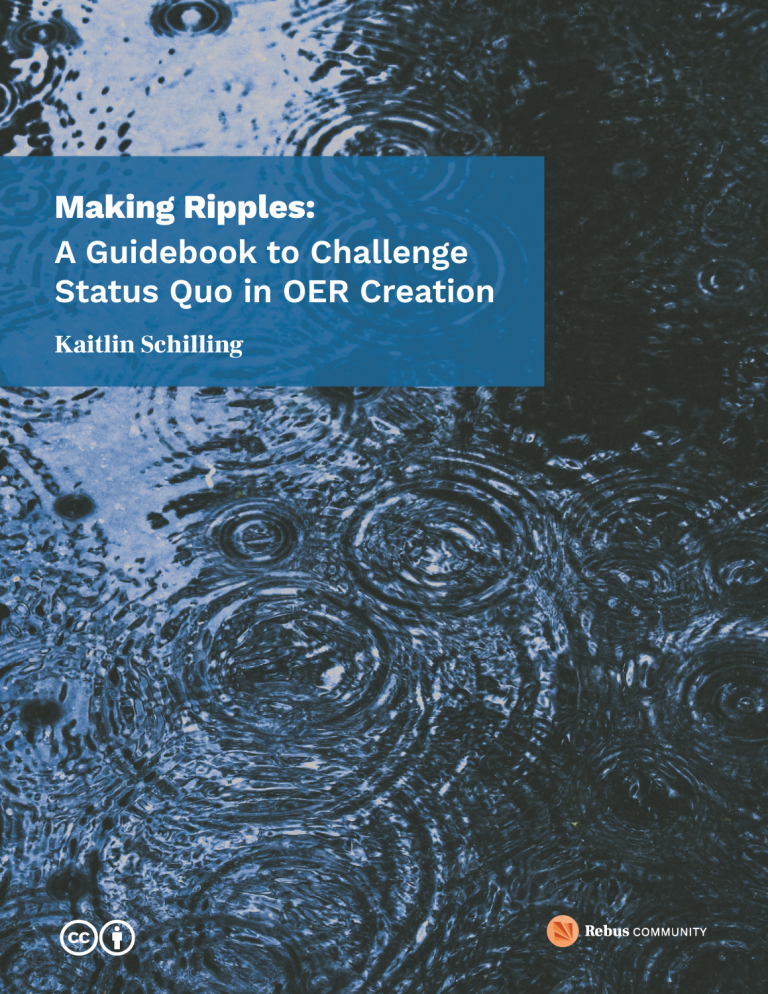
3. **The Psychological Ripples of Idealized Imagery**The continuous exposure to idealized celebrity imagery profoundly affects the psychological well-being of audiences, particularly influencing self-esteem, body image, and the internalization of social norms. Research consistently indicates that when individuals, especially adolescents, frequently view polished and often retouched images of celebrities, it can lead to negative self-perception and increased body dissatisfaction. This isn’t just about wishing one looked different; it’s about a deeper psychological impact where external ideals become internal benchmarks, often leaving individuals feeling inadequate compared to unattainable standards. The perceived perfection of celebrity bodies and lives, widely disseminated, sets a daunting and often unhealthy bar.
A study published in the journal “Psychology of Popular Media Culture” explicitly found that “individuals who frequently consume celebrity images report higher levels of body dissatisfaction and lower self-esteem compared to those with less exposure.” This effect is particularly potent among younger audiences who are navigating identity formation and are more susceptible to social comparison. They internalize these unrealistic beauty standards, leading to a relentless pursuit of an ideal that is, for most, physically impossible to achieve without extensive intervention. The constant visual bombardment creates a cultural pressure cooker where physical appearance is disproportionately valued, fostering an environment ripe for self-doubt and anxiety.
Beyond physical appearance, celebrity imagery also reinforces broader societal norms regarding success and attractiveness. The glamorous lifestyles, opulent possessions, and seemingly effortless achievements portrayed in celebrity photography lead audiences to adopt these ideals as benchmarks for their own lives. This can create a sense of dissatisfaction with one’s own circumstances, fostering a perpetual longing for something more or different. The psychological burden of constantly striving for an often-illusory celebrity-tier existence contributes to stress and mental health challenges, underscoring the critical need for media literacy to critically evaluate and contextualize these powerful visual narratives. It’s a constant reminder that the image projected is rarely the full, unvarnished reality.

4. **Driving Trends and Influencing Consumer Behavior**Celebrity photography is a significant engine for driving trends and directly influencing consumer behaviors, shaping everything from what we wear to how we live. When celebrities are photographed in specific styles, endorsing particular products, or adopting certain lifestyle choices, their immense visibility immediately translates into widespread adoption among their vast fan bases and the broader public. This isn’t just about a brand paying for an endorsement; it’s about the organic (or seemingly organic) propagation of tastes and preferences. A single photograph of a celebrity wearing a certain brand of sneakers or carrying a specific handbag can instantly elevate that item to must-have status, creating immediate demand that can clear store shelves.
The economic impact of this influence is substantial. The Journal of Consumer Research published a study that “found that celebrity endorsements can increase consumer interest and purchase intentions by up to 20%.” This statistic powerfully illustrates that celebrity imagery doesn’t merely reflect existing trends; it actively creates and accelerates them. Individuals are often motivated to emulate the lifestyles and aesthetics of their favorite public figures, seeing these choices as a pathway to aspiration or belonging. This drive can range from adopting fashion choices to mirroring dietary habits or even interior design preferences, all sparked by visual cues from the celebrity world. The perceived “coolness” or “desirability” associated with a star becomes intrinsically linked to the products they are seen using.
This dynamic extends beyond direct product placements to more abstract influences. A celebrity’s candid photo might inadvertently make a particular destination fashionable, or their public support for a social movement could galvanize their followers to adopt similar stances. The power of a visual, often shared instantly across social media, is its ability to bypass traditional marketing channels and speak directly to a consumer’s subconscious desires. It taps into the aspirational gap, offering a tangible link to the perceived glamour and success of celebrity life. This makes celebrity photography not just a record of fame, but a powerful, proactive force in shaping both market trends and societal expectations.
Read more about: Understanding ‘Important’: A Deep Dive into Its Diverse Meanings and Applications
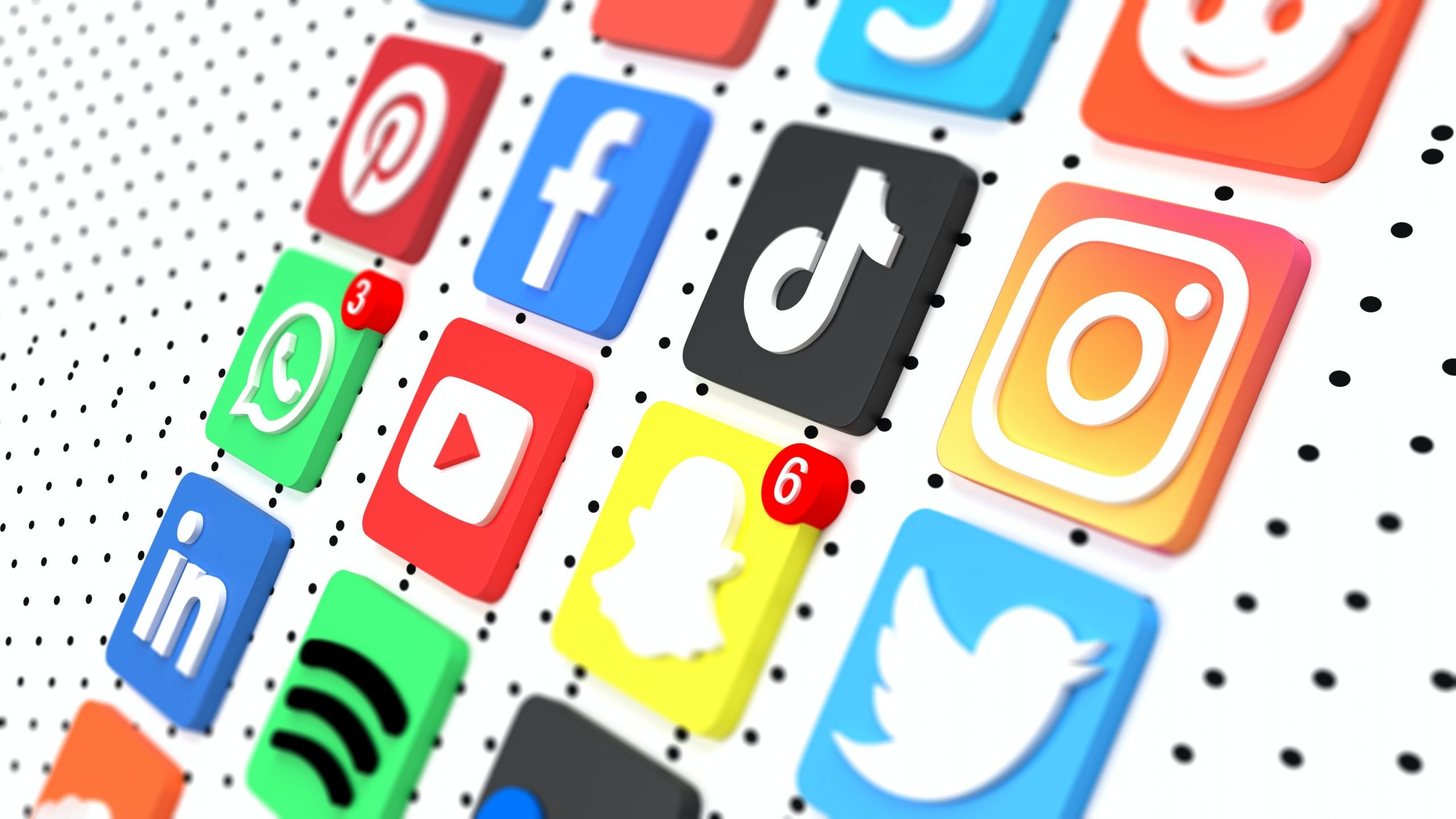
5. **Social Media’s Amplifying Role in Dissemination**Social media platforms have emerged as the paramount channels for the rapid and widespread dissemination of celebrity images, fundamentally altering how public perception is shaped. Platforms such as Instagram, Twitter, and TikTok serve as direct conduits for celebrities to share a curated blend of personal moments, professional achievements, and stylized visuals, enabling an unprecedented level of direct engagement with their global fan bases. This immediacy and accessibility mean that an image can go viral in mere minutes, bypassing traditional media gatekeepers and allowing celebrities to craft and control their public personas and narratives with greater autonomy. It’s a powerful shift from a mediated reality to a more “authentic” (or at least, more direct) connection.
The expansive reach of social media is a critical factor in this amplification. A 2021 study by the Pew Research Center, for example, highlighted that “69% of adults in the U.S. use social media,” underscoring its extensive penetration into daily life. This widespread usage means that a single celebrity post or a viral photo can reach a significant portion of the population almost instantaneously, influencing how these images are consumed and interpreted by a diverse public. The algorithms of these platforms further contribute to this reach, often prioritizing engaging content, which frequently includes sensational or visually compelling celebrity imagery, pushing it into more users’ feeds.
This direct pipeline of imagery also fosters a sense of intimacy and pseudo-personal connection between celebrities and their followers, often referred to as parasocial relationships. When fans feel they are privy to a celebrity’s “real” life through these candid (or seemingly candid) photos, their emotional investment deepens. This makes them more receptive to the celebrity’s influence, whether it’s endorsing a product, supporting a cause, or simply presenting a particular aesthetic. Social media, therefore, acts as both a vehicle for celebrity content and a forge for deeper audience engagement, making every shared image a potential catalyst for shifts in public opinion and behavior.

6. **The Ethical Minefield of Celebrity Photography**Celebrity photography, while often glamorous, navigates a complex and frequently fraught ethical landscape, particularly concerning issues of privacy, consent, and the potential for harm. The relentless pursuit by paparazzi often involves significant invasions of personal space, capturing moments without explicit permission. This practice raises profound privacy concerns, as celebrities, despite their public status, are still individuals deserving of personal boundaries. Incidents where aggressive journalistic pursuit has led to dangerous situations, such as car accidents, starkly illustrate the severe consequences of prioritizing a sensational photo over an individual’s safety and well-being. The constant glare of the lens can be a relentless, suffocating burden.
Furthermore, the portrayal of celebrities in unflattering or misleading contexts through photography can perpetuate harmful stereotypes and significantly contribute to mental health issues. A photograph, taken out of context or strategically cropped, can create a narrative that is far from the truth, subjecting the celebrity to public ridicule, judgment, or even harassment. This highlights a crucial responsibility for photographers and media outlets to consider the broader impact of their work, not just on public perception but also on the individuals whose lives they are documenting. The line between reporting and exploitation often becomes blurred, especially when the pursuit of viral content overrides ethical considerations.
The concept of consent is particularly crucial in the creation and dissemination of celebrity images, acting as the bedrock of legal and ethical boundaries. While a celebrity might implicitly consent to being photographed at a public event, unauthorized use of their likeness, especially in commercial contexts or for fabricated narratives, can lead to serious legal repercussions and public backlash. Legal cases, such as the 2018 ruling in “Gordon v. Google,” emphasize the importance of consent in protecting a celebrity’s right to control their image and how it is presented to the public. Without this crucial agreement, images can be manipulated or used in ways that misrepresent the individual, impacting their reputation and transforming a photograph into a tool of misinformation or personal attack. This constant battle for image control is a defining challenge of modern fame.
7. **Digital Manipulation’s Dark Side: The Rise of Deepfakes**Alright, so we’ve talked about how celebrities’ real photos can seriously shift how we see the world. But what happens when those visuals aren’t even real? Welcome to the wild, wild west of digital manipulation, where the lines between reality and outright fantasy are hopelessly blurred. “Celebrity fakes”—think digitally altered photos and even entire videos of stars—are spreading like wildfire across social media, leaving us all wondering what’s real and what’s just incredibly good tech.
It’s mind-boggling how far digital manipulation has come. Photo editing was once a painstaking art, exclusive to pros. Now, powerful tools are at our fingertips, and thanks to AI, we’ve got deepfake technology. This isn’t just about airbrushing a wrinkle; we’re talking about creating hyper-realistic images and videos of people saying and doing things they absolutely never did.
Deepfakes are truly the cutting edge, a crazy concoction of “deep learning” and “fake.” This tech analyzes vast amounts of visual data, then mimics a subject’s voice, facial expressions, and movements with alarming precision. The implications are staggering. These videos can be so convincing, so eerily realistic, they’re practically indistinguishable from actual footage. It’s like something straight out of sci-fi, but it’s happening right here, right now, and anyone with a computer can whip up a high-quality forgery.
This accessibility has truly democratized the creation of digital fakes, making misinformation easier to spread. Social media platforms, being the viral machines they are, become the primary superhighways for these altered photos and videos. Instagram, Twitter, TikTok – they’re swimming with edited content that often gets shared without a second thought. Because algorithms prioritize engaging, sensational material, celebrity fakes often get pushed to the top of our feeds, reaching millions in minutes and propagating disinformation at an unprecedented, terrifying, rate.
8. **When Privacy Evaporates: The Cost of Digital Forgery**If traditional paparazzi invasions felt like a breach of privacy, digital forgeries take that violation to a terrifying new level. Imagine seeing yourself in a photo or video, doing or saying something you never did, totally out of context, and without your consent. That’s the chilling reality celebrities face when their likenesses are hijacked for deepfakes. It’s not just a candid shot; it’s a complete fabrication of their identity, broadcast to the world.
The legal and ethical concerns surrounding celebrity fakes are enormous. We’re talking about direct violations of privacy, intellectual property, and defamation laws. While celebrities have public status, they are protected against slander and unauthorized commercial use of their image. These digital manipulations often cross those lines, using a star’s likeness “without authorization, compromising their autonomy and perhaps harming them.”
This isn’t just about a star’s reputation taking a hit; it’s a fundamental attack on their personal control and dignity. Ethical implications are clear: consent is absolutely crucial. When a celebrity’s image creates content that misrepresents them, especially for fabricated narratives or explicit material, it’s a profound breach of trust and exploitation. This underscores why consent, as we touched upon earlier, is an even more vital bedrock in this new digital wilderness, protecting not just their image but their very personhood.
The consequences of this digital identity theft ripple far beyond the individual celebrity. It damages trust in all digital media, making us question everything we see. When consumers constantly learn about fakes, healthy skepticism can devolve into cynical distrust of all news sources, even genuine ones. This contributes to a broader “fake news” crisis, eroding our shared understanding of reality and making constructive public discourse harder.
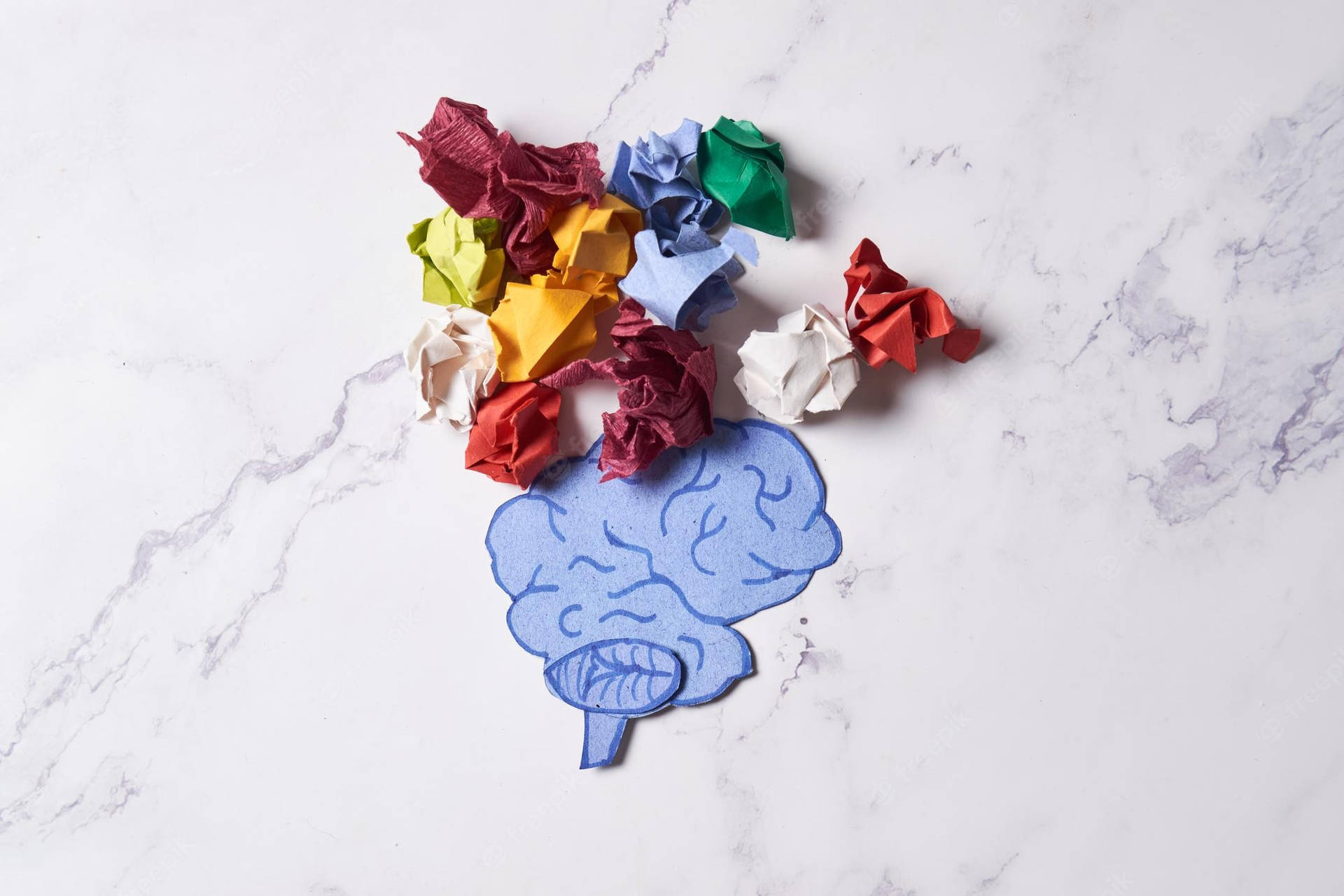
9. **The Mental Health Minefield: When Fakes Hit Hard**We’ve explored how idealized celebrity images can mess with our self-esteem and body image, but imagine the psychological fallout when your very existence is digitally fabricated. The impact of celebrity fakes on public perception—and on the celebrities themselves—is incredibly significant and deeply concerning. When altered pictures and videos are repeatedly pushed out, they don’t just “corrupt reality” for audiences; they can wreak havoc on the mental well-being of the people targeted.
For audiences, especially impressionable younger fans who idolize and imitate famous individuals, these digitally manipulated photos create entirely new, often unattainable, beauty standards. This can lead to severe issues like poor self-image and even body dysmorphia, as they internalize these fake ideals as real benchmarks. The constant visual bombardment of “perfection,” even if manufactured, fosters an environment ripe for self-doubt and anxiety.
Let’s not forget the immense emotional trauma inflicted on the celebrities whose identities are stolen and manipulated. “Both celebrities and followers might be emotionally traumatized” by these fakes. Being misrepresented, ridiculed, or falsely implicated in scandalous or harmful content leads to immense distress, anxiety, and depression. The constant battle to reclaim their narrative, prove something is fake, and grapple with public perception based on lies is an exhausting and deeply isolating experience.
Beyond individual harm, celebrity fakes also sway public opinion on crucial matters. Imagine a deepfake video of a beloved celebrity “advocating a political candidate or social cause” they actually oppose. If not exposed quickly, such manipulation could seriously impact elections, legislation, or social movements. The ease of creating and spreading these digital forgeries is a massive threat to informed public debate and the collective mental health of a society grappling with a constantly shifting truth.
10. **Fame Reimagined: The Shifting Sands of Stardom**Fame used to be a carefully constructed fortress, managed by publicists and studio executives, where every image was meticulously vetted. But in our hyper-connected world, the very definition of fame is undergoing a seismic shift, and the rise of deepfakes throws an even bigger wrench into the works. The internet has “democratized fame,” creating a landscape where “viral fame” can happen overnight, bypassing traditional media channels. Yet, this rapid pace also means “shorter-lived fame,” with new stars emerging and fading quickly, like digital mayflies.
The paradox of modern stardom is this intense craving for “authenticity and personal connections” from audiences. Fans want to feel like they truly “know” their favorite stars, seeing them as relatable humans. Celebrities, in turn, strive to share more “personal moments” and “curated images” to foster these parasocial relationships. But here’s the kicker: when deepfakes enter the chat, that cherished authenticity is completely undermined. How can you connect personally when you can’t even trust what you’re seeing or hearing?
This new reality forces celebrities and their teams to navigate a treacherous path. Their public persona, once a carefully cultivated asset, is now constantly under threat from malicious digital fabrications. It means being more vigilant than ever, not just about what *they* put out, but about what *others* might falsely attribute to them. The emotional labor involved in maintaining a public image in this environment is immense, creating a constant pressure to be both accessible and impenetrable.
So, while social media offers incredible opportunities for direct engagement and building a loyal following, it also lays bare the vulnerability of fame. Every shared image, every public appearance, every digital footprint becomes a potential target for manipulation. This evolving notion of fame isn’t just about popularity; it’s about the relentless battle for narrative control and the right to define one’s own public identity in a world where technology can clone and distort reality with alarming ease.
11. **PR’s High-Wire Act: Navigating the Visual Landscape**Public relations professionals have always been master strategists behind celebrity visuals, meticulously crafting images to “enhance brand visibility and credibility.” Traditionally, featuring a well-known personality in promotional materials was a surefire way to leverage their influence, attract attention, and build positive associations with products or services. Research even tells us that “70% of consumers are more likely to trust a brand when it is endorsed by a celebrity,” proving the power of a star’s face in shaping public perception.
But now, PR teams aren’t just creating narratives; they’re fighting to protect them from insidious digital attacks. The rise of deepfakes and manipulated content has turned celebrity PR into a high-wire act, where maintaining a star’s reputation and authenticity is a constant, uphill battle. It’s no longer enough to just manage press; they must be digital detectives, constantly monitoring for fabricated content that could instantly derail careers, destroy trust, and trigger massive public backlash.
Damage control in this era is a beast of its own. When a celebrity is hit with a deepfake scandal, PR strategists must move at lightning speed, not just to deny but to *disprove* false content, often in the face of convincing digital evidence. This means investing in forensic technologies, issuing urgent public statements, and rallying support from loyal fans. The goal shifts from merely promoting a positive image to fiercely defending a client’s very reality.
Moreover, the vetting process for brand collaborations has become incredibly complex. PR teams must not only ensure a celebrity aligns with a brand’s values but also protect both parties from the fallout of potential future deepfakes or misinformation. This involves robust legal agreements, stringent digital asset management, and a proactive stance on media literacy within their own campaigns. The visual landscape is a minefield, and only the most agile and ethically grounded PR strategies will successfully navigate it.

12. **Your Superpower: Mastering Media Literacy in a Fake-Filled World**Okay, so we’ve established that the digital world is a wild place, full of dazzling visuals and tricky fakes. But here’s the good news: you have a superpower! It’s called media literacy, and it’s absolutely “crucial” for navigating our hyper-connected, image-saturated world. Think of it as your personal shield and sword, equipping you with the critical thinking skills needed to analyze, interpret, and understand the complex visual media thrown your way every single day.
Media literacy isn’t just a fancy term; it’s about recognizing the “constructed nature of celebrity images,” understanding how editing and context can totally transform a picture, and discerning those sneaky underlying messages that shape our public perception. Studies have even shown that individuals who are more media literate are way better at “identifying biases and stereotypes in media representations,” which gives you a more nuanced and accurate view of celebrity culture and its societal implications. It’s like having X-ray vision for internet content!
For example, a study in the “Journal of Media Literacy Education” found that specific education significantly improved participants’ ability to critically evaluate celebrity images. This led to a greater awareness of how these images can “perpetuate unrealistic standards and affect self-esteem.” Armed with this knowledge, you’re not just passively consuming; you’re actively engaging, questioning, and making informed decisions about the validity of what you see. No more falling for those perfectly filtered, unattainable ideals without a second thought!
So, what’s your mission, should you choose to accept it? Be curious, be skeptical, and always “question the validity of what you see.” Demand more “openness from platforms” that impact your impressions, and hold content creators accountable. By embracing media literacy, you’re not just protecting yourself from misinformation; you’re contributing to a more discerning, truthful, and resilient public discourse. It’s a superpower that empowers you to shape your own reality, rather than having it dictated by a never-ending stream of pixels. Go forth and be super!
**Conclusion**
As we close this deep dive into the fascinating, sometimes bewildering, world of celebrity images, one thing is crystal clear: the power of a single photo, whether real or digitally crafted, to move mountains of public opinion remains immense. From the aspirational pull of an endorsement to the chilling threat of a deepfake, celebrities continue to be central figures in our cultural tapestry, reflecting and reshaping our values, trends, and even our understanding of reality. Their stories, often told through visuals, remind us that in the age of infinite scrolling and instant sharing, critical engagement is no longer just a good idea—it’s an essential survival skill. So, the next time a viral image pops up, take a moment, dig a little deeper, and remember the incredible, intricate dance between fame, perception, and the ever-evolving digital canvas. Stay curious, stay sharp, and keep those critical lenses polished!

